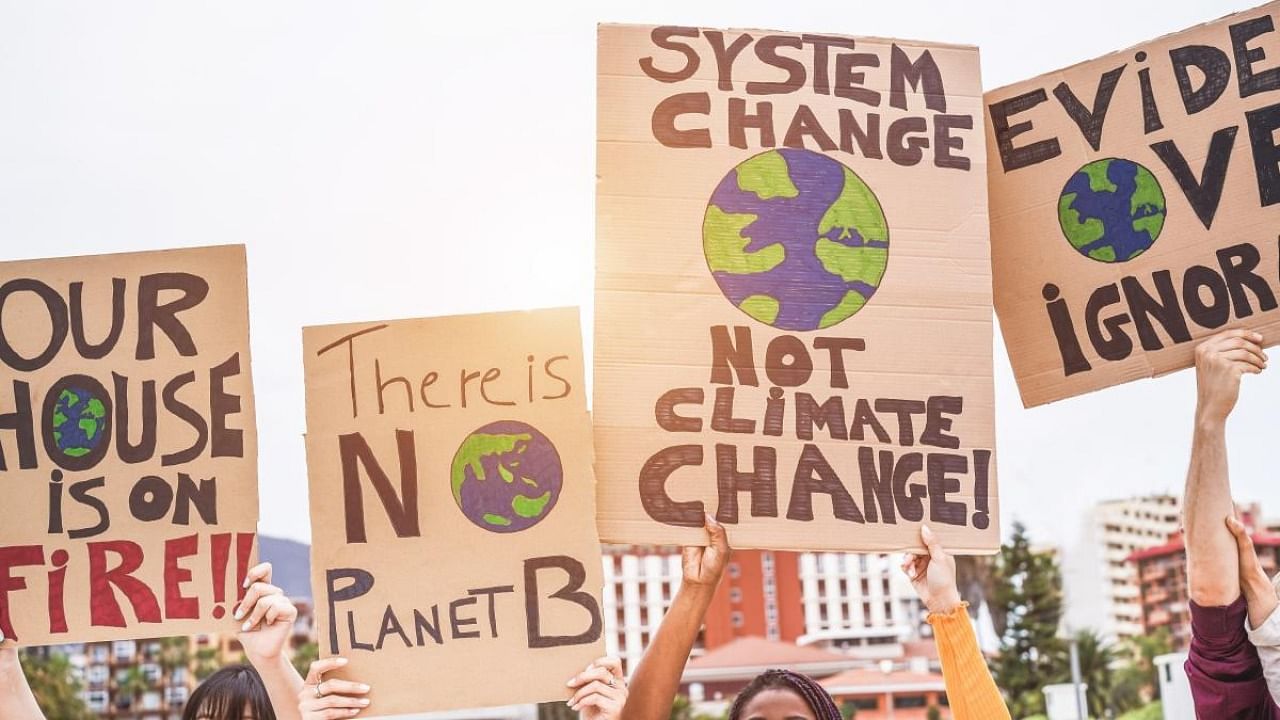
India is doing a lot for clean energy and wildlife conservation, wildlife filmmaker and climate activist Chadden Hunter said during his talk at Global Investor’s Meet on Thursday. “I think India will be leading the charge on clean energy,” said the Australian filmmaker who has produced wildlife series for the BBC and National Geographic.
Hunter, who has filmed across India, said that the protection of rhinos in the Kaziranga National Park in Assam is phenomenal, considering the extent of poaching in some countries like those in Africa. However, poaching happens in India too, and wildlife films have to strike a fine balance in weaving a message while also entertaining and inspiring viewers, he said.
Hunter also discussed how wildlife is increasingly adapting to urban areas, some successfully but some not so much.
DH’s Navya P K speaks with Hunter. Excerpts:
How do you see India’s role in solving the climate crisis?
Developing economies such as China and India are where the change is really happening. India is playing an important role as its economy is growing fast. China may push for climate action more through the state, whereas India has been working with the private sector. In India, the government is sending a strong message about the environment and renewable energy, and working with major companies like Reliance, Adani and Tata that have been investing in green solutions. The private sector is investing about 200 billion dollars in green energy in India. Whereas in some countries, companies are looking to the government to make policy changes.
In India, there is a better relationship between the government and private sectors, which gives people the confidence to invest in renewable energy.
Though India is highly reliant on coal now, its business sector is trying to move to renewable energy since it is cheaper.
In what other ways is India trying to solve the climate crisis?
India has always embraced technology. It’s investing in electric cars, in battery technology to compete with China, etc. There’s investment in all parts of the supply chain in India - not just in generating (clean) energy, but also storing it, transporting it in the grid, the use of electric cars, etc.
Why do you think India does a better job of wildlife conservation compared to some other countries?
What I’ve always loved about India is the spiritual relationship of people with nature and animals. Things like tiger reserves, the sympathy that Indians have for living alongside animals. Even when there is conflict with wildlife, there is amazing tolerance in Indian culture. Given India’s large population many wild areas should have been wiped out, but the country still has beautiful natural settings. Whereas there is hostility towards nature in some other countries as they grow.
You mentioned urban wildlife in your talk, but many species find it difficult to survive in urban India.
How many countries have a well-known god who is a monkey (Hanuman)? Because of this, langurs are tolerated in India. Similarly, vehicles give way to cows in the middle of the road. But yes, surviving in urban areas is not easy for animals, it’s hard work.